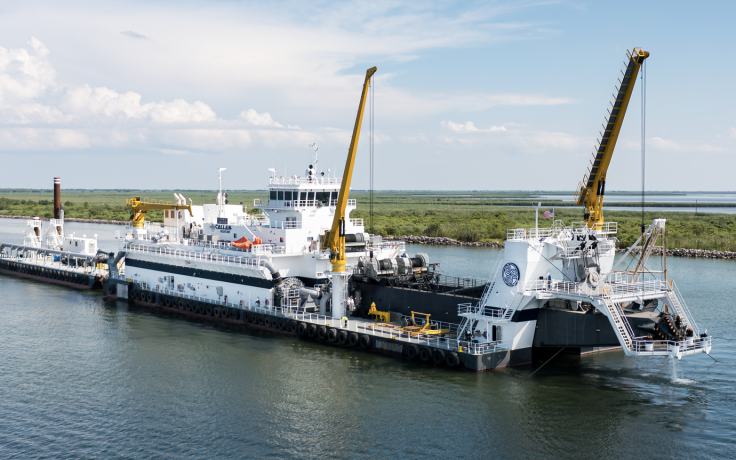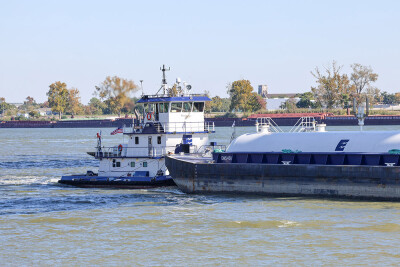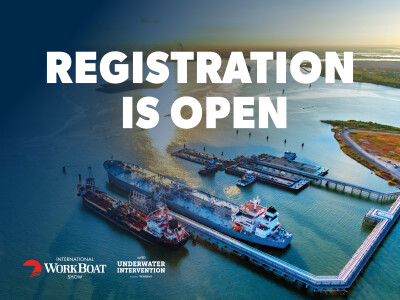At this year's International WorkBoat Show, dredging industry experts will discuss major advancements and trends in a panel titled “The U.S. Dredging Boom: Trends, Technologies, and Future Directions”. The panel will be comprised of Bill Doyle, CEO and executive director of Dredging Contractors of America, Fred Paup, board chairman and executive vice president of Manson Construction Co., David Johanson, senior vice president of Great Lakes Dredge and Dock, and Eddie Compass IV, CEO of Next Generation Logistics LLC.
WorkBoat sat down with Bill Doyle to discuss some primary takeaways that are evident in the dredging sector today.
Significant Investment in Fleet Modernization
One of the most notable trends in the dredging industry is the unprecedented investment in fleet modernization. Over the past few years, and continuing into the foreseeable future, the U.S. dredging fleet is undergoing a massive overhaul, with nearly $3 billion being invested in new equipment and vessels. This includes the construction of state-of-the-art dredges, barges, and other essential equipment. Many of these vessels, some over 30 years old, are being replaced with more efficient and technologically advanced alternatives. This wave of recapitalization ensures that the U.S. dredging fleet remains competitive and capable of handling the increasing demands for channel maintenance, deepening, and widening, as well as coastal restoration.
Competition is alive and well
The session is also expected to shed light on the highly competitive nature of the U.S. dredging market. Contrary to many industries where a handful of players dominate, the U.S. dredging market boasts nearly 50 companies that actively participate in bidding and executing projects across the country. This competitive landscape ensures that a variety of companies, ranging from industry giants like Great Lakes Dredge & Dock and Weeks Marine to smaller, specialized firms, are contributing to the ongoing dredging efforts. This competition not only drives innovation but also ensures that the best and most efficient solutions are being applied to vital projects, from coastal restoration to river maintenance.
Beneficial Use of Dredged Material
As of the past few years, there has been a shift toward the beneficial use of dredged material, representing a significant environmental and operational change within the industry. Historically, dredged material was often considered waste and disposed of through dumping in the open ocean. Recent years have seen a growing emphasis on repurposing this material for coastal restoration, land reclamation, and habitat restoration. For example, in the Chesapeake Bay, dredged material is being used to restore disappearing islands, while in the Delaware River, it’s being utilized to nourish marshlands. The U.S. Army Corps of Engineers has set an ambitious goal: by 2030, 70% of dredged material should be reused, a significant increase from the previous standard of 30%.
These takeaways demonstrate the dynamic nature of the U.S. dredging industry, where advancements in technology, significant investments in newbuilds, and a healthy competitive environment are driving progress. As the industry continues to evolve, it will play an increasingly critical role in maintaining and enhancing the country’s waterways and coastal regions.





